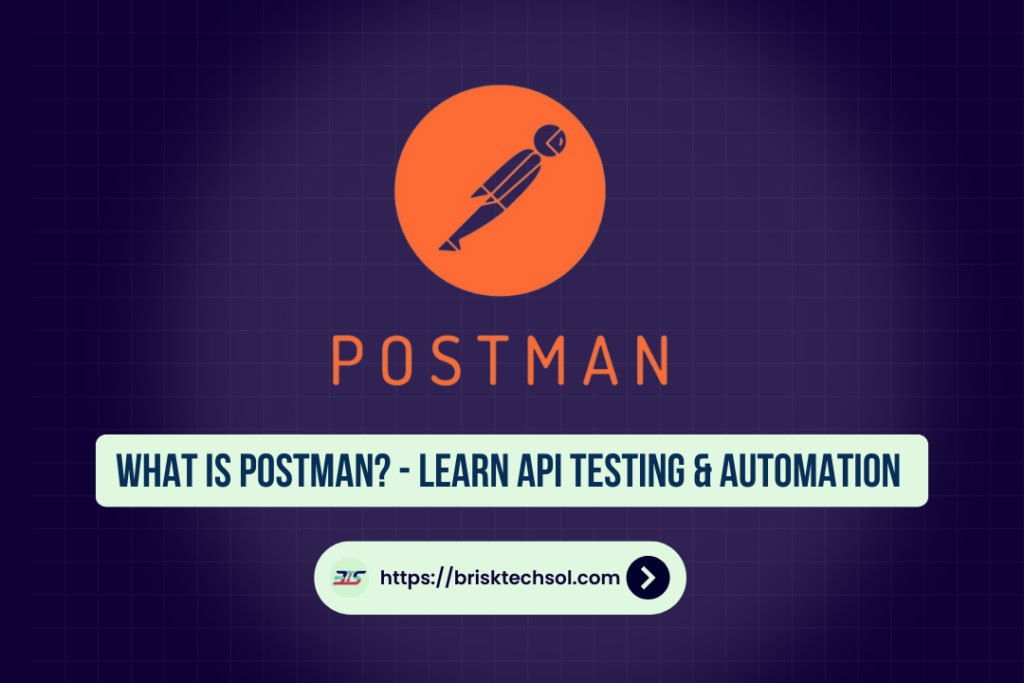Postman is a powerful API platform that simplifies API development, testing, and automation. It allows developers to create, send, and monitor API requests effortlessly. With an intuitive interface and robust automation features, Postman is widely used by developers, testers, and API architects to streamline API workflows. In this guide, we’ll explore what Postman API is, its features, benefits, and how to use it for API testing and automation.
Understanding Postman API
What is Postman?
Postman is an API client that enables users to create, test, and automate API requests. It supports various request types, including REST, SOAP, and GraphQL, making it a versatile tool for API development.
It was initially launched as a Chrome extension in 2012 but has since evolved into a full-fledged API development suite available for Windows, macOS, and Linux.
Why is API Testing Important?
APIs act as the backbone of modern applications, allowing different systems to communicate. Proper API testing ensures:
- APIs function as expected without errors.
- Applications remain secure against vulnerabilities.
- API performance is optimized for speed and reliability.
Who Uses Postman?
Postman is widely used by:
✅ Developers – Debug and test APIs efficiently.
✅ QA Engineers – Automate API tests and validate responses.
✅ DevOps Teams – Integrate Postman with CI/CD pipelines.
✅ API Product Managers – Document APIs and collaborate with stakeholders.
Key Features of Postman
Postman offers a range of features that streamline API development and testing.
Core Features
- API Requests – Supports GET, POST, PUT, DELETE, and PATCH methods.
- Collections – Organize API requests into structured groups.
- Environment Variables – Store API keys, tokens, and environment-specific data.
- Pre-request & Test Scripts – Automate request execution with JavaScript-based scripts.
- Mock Servers – Simulate API responses without needing a backend.
Collaboration & Productivity
- Workspaces – Allow teams to collaborate in real-time.
- API Documentation – Generate and share API documentation effortlessly.
- API Versioning – Manage multiple versions of APIs efficiently.
Security & Performance
- API Authentication – Supports API Keys, OAuth 2.0, JWT, and Basic Auth.
- API Monitoring – Automate tests and receive failure alerts.
- Performance Metrics – Analyze response times and optimize API speed.
Setting Up Postman
How to Download and Install Postman
- Go to the Postman website – https://www.postman.com/.
- Download the app – Available for Windows, macOS, and Linux.
- Install and create an account – Sign up for a free or paid plan.
Navigating the Postman Interface
Once installed, you’ll see:
- Request Builder – Enter API endpoints and configure requests.
- Response Section – View API responses in JSON, XML, or raw format.
- Collections Panel – Organize and store API requests.
Creating Your First API Request
- Open Postman and click “New Request”.
- Choose GET and enter an API URL (e.g.,
https://jsonplaceholder.typicode.com/posts). - Click Send to view the API response.
API Testing with Postman
API testing helps validate API functionality, performance, and security.
Functional Testing Basics
Postman allows you to check:
- If the API returns expected responses.
- How APIs handle incorrect inputs.
- API response time and performance.
Writing Assertions in Postman
Postman provides a built-in testing framework using JavaScript.
Example: Checking Response Status Code
javascriptCopyEditpm.test("Status code is 200", function () {
pm.response.to.have.status(200);
});
Example: Verifying Response Body
javascriptCopyEditpm.test("Response contains user ID", function () {
var jsonData = pm.response.json();
pm.expect(jsonData.userId).to.eql(1);
});
Automating API Tests
Postman supports:
- Newman CLI – Run Postman collections via command line for automated testing.
- Scheduled Monitoring – Run API tests at specific intervals and receive alerts.
API Automation with Postman
Postman allows automation for efficient API workflows.
Setting Up API Workflows
- Pre-request Scripts – Automate API request generation.
- Chaining Requests – Send multiple API requests sequentially.
Using Postman Monitors
- Automate API tests at scheduled intervals.
- Get alerts when APIs fail or behave unexpectedly.
CI/CD Integration
Postman integrates with:
- Jenkins – Automate API tests in CI/CD pipelines.
- GitHub Actions – Run Postman collections during deployments.
Advanced Postman Features
Generating API Documentation
Postman auto-generates API documentation that can be shared publicly or privately.
Mocking APIs for Testing
- Simulate API responses with Mock Servers.
- Test API behavior without backend dependencies.
Handling API Authentication
Postman supports:
- OAuth 2.0
- JWT (JSON Web Tokens)
- API Key Authentication
Importing & Exporting APIs
- Supports OpenAPI, Swagger, and RAML formats.
- Export API collections for sharing and version control.
Postman vs. Other API Testing Tools
| Feature | Postman | Swagger | SoapUI | Insomnia |
|---|---|---|---|---|
| API Requests | ✅ | ✅ | ✅ | ✅ |
| Automation | ✅ | ❌ | ✅ | ❌ |
| Collaboration | ✅ | ✅ | ❌ | ✅ |
| Mock APIs | ✅ | ❌ | ✅ | ❌ |
| CI/CD Support | ✅ | ✅ | ✅ | ❌ |
Why Choose Postman?
✔️ Ideal for API testing, automation, and documentation.
✔️ User-friendly and widely adopted.
✔️ Supports REST, SOAP, and GraphQL APIs.
Conclusion
Postman is an indispensable tool for API developers, testers, and DevOps teams. Its comprehensive features for API testing, automation, and documentation make it a must-have in any API development workflow.
FAQ’S
1. What is Postman API used for?
Postman API is used for testing, automating, and monitoring APIs to ensure reliability and performance.
2. Can Postman automate API testing?
Yes, Postman allows automation through test scripts, Newman CLI, and scheduled monitors.
3. Is Postman free to use?
Postman offers a free version with core features, while paid plans provide advanced capabilities.
4. What are Postman Collections?
Collections are saved API requests that can be grouped, shared, and automated.
5. Does Postman support CI/CD integration?
Yes, Postman integrates with Jenkins, GitHub Actions, and other CI/CD tools.









